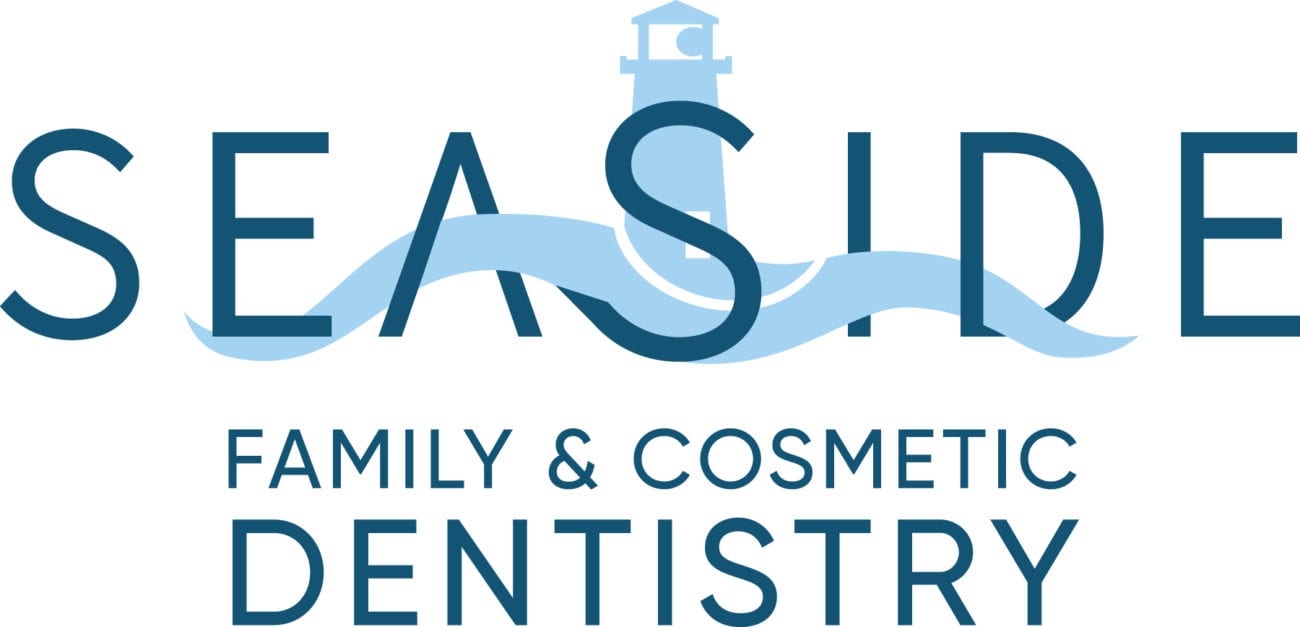Tooth discoloration is a common dental concern that affects many people. However, it is typically not a threat to your dental health. Addressing stained or yellow teeth would be purely for cosmetic purposes. There are many reasons your teeth can become discolored. Determining the root cause is key to figuring out the best treatment to tackle the problem. Seaside Family and Cosmetic Dentistry offers several treatment options to address tooth discoloration in Hampstead, NC.


What Causes Tooth Discoloration?
Many things can lead to your teeth becoming yellow, stained, or discolored. The most common causes include:
- Smoking: Smoking is a bad habit that is bad for your overall health and oral health. However, it will also stain your teeth yellow.
- Certain Foods and Drinks: There are many types of foods and drinks that can stain teeth. The most popular ones that affect most people are coffee, tea, red wine, and dark sauces in food.
- Poor Oral Hygiene: If you do not brush or floss your teeth regularly, this will lead to a buildup of plaque and tartar. That will cause your teeth to stain or turn yellow.
- Trauma: Hard blows to the face can damage teeth can cause them to turn grey or discolor.
- Excessive Fluoride: Excessive fluoride in your environment or too much fluoride taken by mouth can cause tooth discoloration.
- Certain Medications: Certain types of medications, especially tetracycline and doxycycline, will lead to discolored teeth.
- Genetics: We cannot help what genes we are born with. Some of us are born with naturally discolored teeth compared to other people.
- Aging: The simple act of aging will cause your teeth to discolor. As we age, our teeth naturally become more yellow or brown due to changes in our enamel.
Types of Tooth Stains
There are two main types of tooth discoloration: intrinsic stains and extrinsic stains. Intrinsic stains are located within the tooth itself. Sometimes it is because there is damage to pulp like after an injury to a tooth. Excessive fluoride and taking certain kinds of medications can also cause intrinsic stains.
Extrinsic stains, on the other hand, are located on the outside of the tooth. This is when the surface of the tooth, the enamel, become stained or discolored. These types of stains are due to lifestyle habits. Smoking, chewing tobacco, consuming certain foods and drinks, or failing to take good care of your teeth can lead to extrinsic stains.
Treatment for Tooth Discoloration in Hampstead, NC
The type of treatment your dentist will use depends on the type of stain you have. Teeth whitening will not do any good if you have intrinsic stains. Once we determine the type of stain you have and the severity, your dentist will suggest one of the following treatment options:
Professional Teeth Whitening
Teeth whitening is an affordable, safe, and effective way to remove extrinsic stains from your teeth. We offer both in office and take home professional teeth whitening treatments.
Porcelain Veneers
A dental veneer is a thin shell that is made of porcelain. They are custom made to fit perfectly over the front of each tooth. They are a popular cosmetic dentistry treatment that can whiten teeth and fix chips, cracks, or gaps in teeth.
Dental Bonding
Dental bonding is a very versatile treatment that is also very affordable. It is a tooth colored resin that your dentist will apply to the tooth and shape by hand to hide the discoloration. It can also be used to fix other minor tooth damage.
Dental Crowns
Dental crowns are caps that are placed over the entire tooth to improve its appearance and protect it from further damage. They can be used to cover up more severe intrinsic stains.
If you suffer from stained, discolored, or yellow teeth, contact Seaside Family and Cosmetic Dentistry to schedule a consult. Your dentist will examine your teeth and review your medical history to learn more about oral health and the types of stains you have. Then they can decide on the most effective ways to improve the appearance of your smile. Contact us at 910-335-4392 or request a dental consultation with Dr. Francis and her team online.
